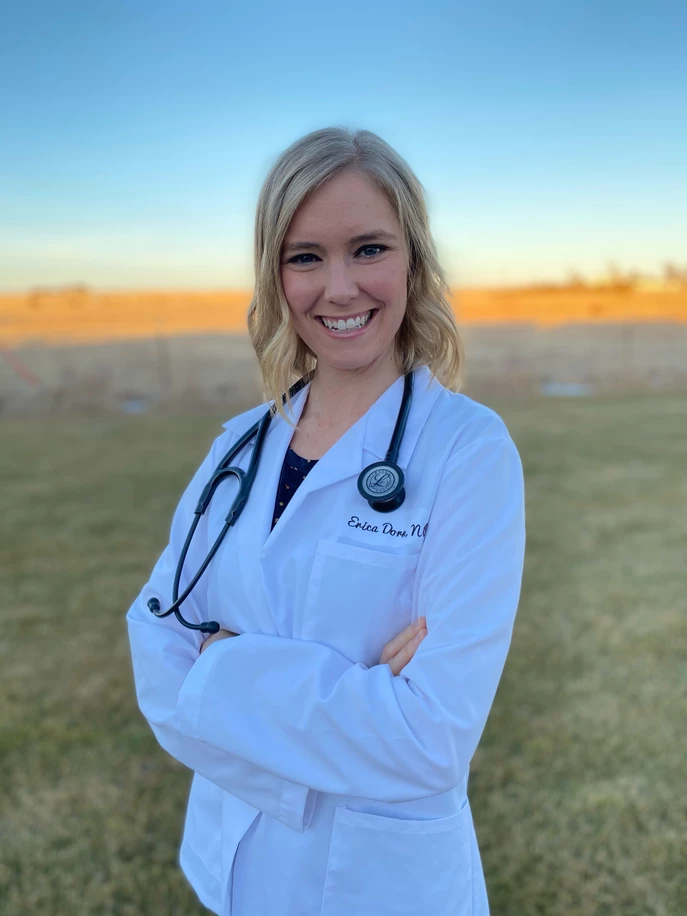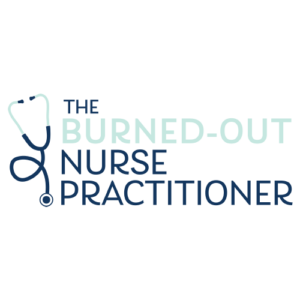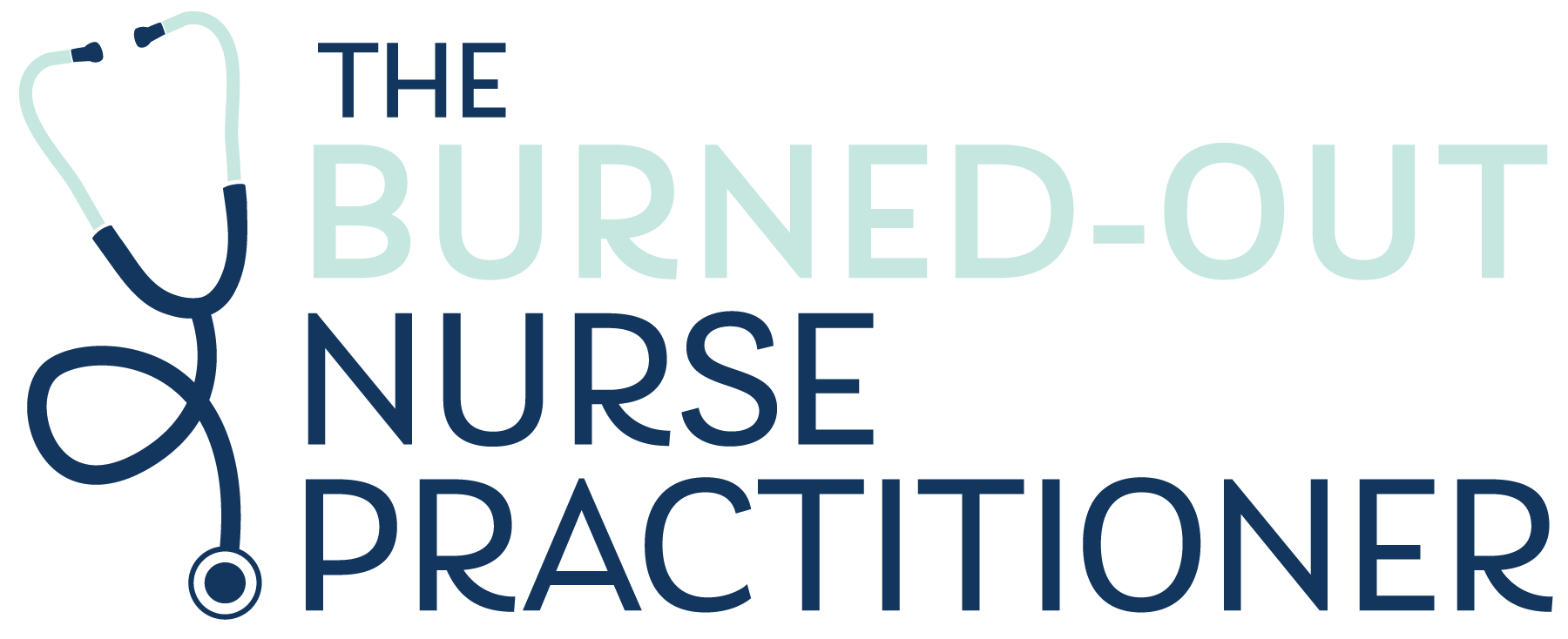Many nurse practitioners have suffered from second victim syndrome but are not even aware.
As nurse practitioners, we deal with a lot of painful situations. We have been present when EMS brings in a trauma patient, so disfigured we can’t even see facial features. We have participated in codes with family members crying to bring the patient back to life.
We have been present when a cancer patient passes from this world. Nurse practitioners have to worry about the suicidal patient. APRNs deal with difficult situations in the hospital, clinic, or specialty setting.
We deal with the guilt and shame of a near-miss medical error. We struggle with the “what ifs” and the worry of misdiagnoses. We come onto shift to realize that our patient did not make it through the night. We check the obituaries to determine if our favorite elderly patient is still alive.
APRNs also take on their patient’s emotional “baggage.” We feel it when a parent is worried about their sick child. We understand a patient’s worry of having to pay for medications when there is barely enough money to put food on the table. We see the patients with chronic disease struggle from the physical, mental, emotional ailments. We grieve with our patients for the losses they have experienced.
Nurse practitioners take on the patient’s emotions. We deal with a lot of difficult situations as a nurse practitioner. And unfortunately, it begins to affect our own mental, emotional, and physical health. This is second victim syndrome.
If you have ever struggled with second victim syndrome, you are not alone. So many healthcare providers witness difficult situations but are not sure how to manage their own needs. We need to give ourselves time to heal and truly feel the emotions.
Below are three tips for dealing with second victim syndrome.
1. Take time to feel the emotions.
If a traumatic event occurred mid-shift, it can be difficult to make time for yourself. You still have responsibilities and a waiting room full of patients. It is difficult to process what you have just witnessed.
If you have repeated difficult situations while in the clinic, the emotions build up without an opportunity to truly feel. We need to give ourselves time to deal with the pain, the stress, the worry.
It is so important to remove yourself from the situation and take a quick break. Even if it is only five minutes. Take a walk outside or in the halls. Close your office door and sit in silence. Cry in the bathroom, whatever you need. Take time for yourself after the shift as well. We need to allow ourselves to feel the emotions.
2. Release the thoughts and feeling.
We need to liberate our minds and let all the emotions out. Bottling up emotions can be detrimental to our emotional and mental health. Ask for a mid shift debriefing with colleagues and coworkers involved in the traumatic incident. Odds are, other health care providers need to talk too.
Find your “healthcare person.” Find someone who will listen and understand the struggles of your job. For me, those people are my sister and my best friend. Both work in healthcare and can relate to my struggles, understanding the difficult patients and traumatic events. Just the fact of letting out my emotions/thoughts makes me feel better.
Find a person or community who you can trust and empathize with the struggles as a NP. If talking out loud isn’t for you, try journaling. This gives us a safe place to let out all of our thoughts. Give yourself permission to process and release your emotions.
***If you need a “healthcare person” who understands your nurse practitioner burnout, join The Burned-out Nurse Practitioner Facebook group!
3. Seek additional help for second victim syndrome.
If you are struggling with feeling and processing these emotions, you may need additional help. As The Burned-out Nurse Practitioner, I help overwhelmed NPs create a better work-life balance and overcome nurse practitioner burnout.
I offer tips on The Burned-out NP’s blog page. I also have an online course Burnout Resolution for Nurse Practitioners that helps NPs overcome nurse practitioner burnout.
Second victim syndrome is inevitable as a nurse practitioner. We should give ourselves permission to feel and process our emotions. Don’t be afraid to ask for help!

For time management and charting tips, check out The Nurse Practitioner Charting School– The one stop for all documentation resources created specifically for nurse practitioners. Learn more at www.npchartingschool.com

**Full disclosure, this blog post may include affiliate links. I do receive a commission if any of the affiliate programs/services/supplies are purchased. This is at no extra cost to you but does allow me to continue to provide content as The Burned-out Nurse Practitioner! Thank you!




